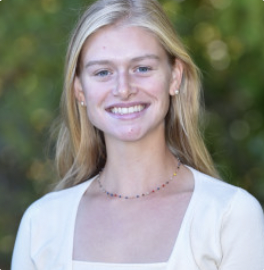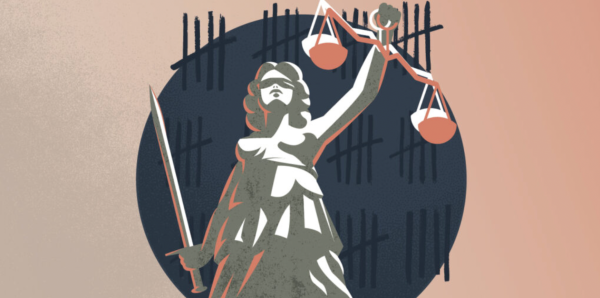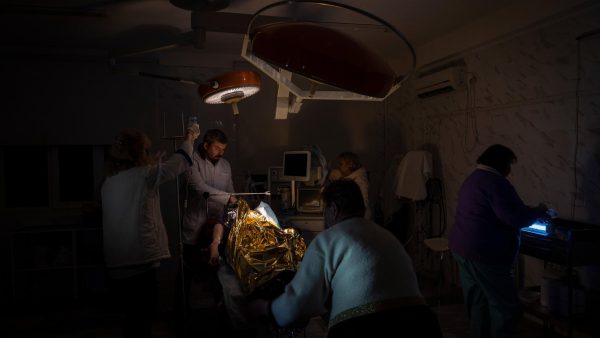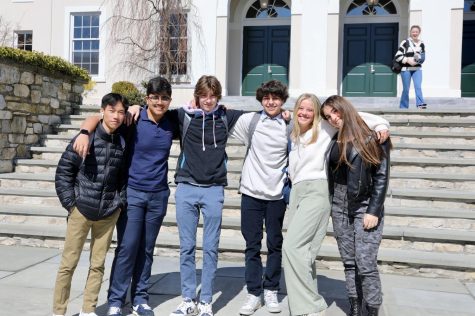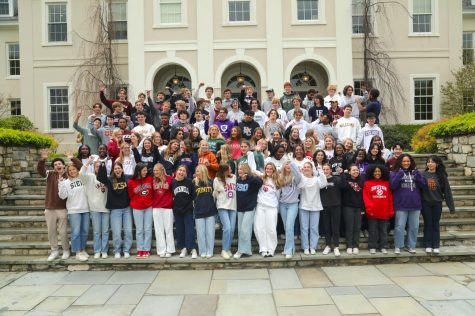Clergy Members Swindle Swaddles
April 2, 2023
The influence of the Catholic Church was woven into all aspects of Francoist society, and in pursuit of a fascist Spain, clergy members were ever committed to hiding ugly truths. Francisco Franco enacted the Fuero de Españoles in 1945, in order to preserve the one “true religion” and “the privilege of possessing a single faith” in Spain. Article 6 of Fuero de Españoles proclaims: “No other outward ceremonies or demonstrations other than those of Catholic religion shall be permitted.” While the same article protects the freedom of religion, as long as non-Catholic practices were held in private, many records and testimonies suggest abuses at the government and Church levels. Pope Leo XIII showered Franco with the most honorary distinctions given by the Vatican. By 1947, the Church and state relationship had been solidified. Franco implemented apostolic influence militarily, with the establishment of the Catholic Chaplain corps, while simultaneously excusing Church clergy from the civil court system.
The Church was completely immersed in the functions and systems of hospitals, private and public educational institutions, and orphanages. Beginning at the age of adolescence, the Church decided on the books school children consumed. And even before some infants grew into indoctrinated young people, they were placed in different families, and heartbroken parents with the genetic Marxism or a “red gene”, single mothers, and lower-class families left hospitals empty-handed. Upon the conclusion of 1953, twenty-eight Protestant churches were formally closed. Estimations show that tens of thousands of “stolen babies” were unleashed into a trafficking network, conducted by nuns and doctors, and landed in the houses of Franco’s loyalists. Though religious freedom remained on paper, an intense strategy of indoctrination slammed doors, for political and faith-based freedoms, shut. While religious repression endured, children were subjected to unwarranted mobility in an ideological hierarchy.
Intense Socio-political Control Prevented Public Outcry
As in other fascist regimes, Franco was successful in silencing independent thought before it was even crafted. Textbooks, approved by the Church, played a crucial role in supporting the Falange Española de las Juntas de Ofensiva Nacional-Sindicalista party. Ernesto Giménez Caballero’s textbook, “Our Spain, The Book of Spanish Youth”, for example, was something of a core curriculum in Franco’s Spain. The textbook, written to promote fascist beliefs in Spanish youth, was published in 1943 after Caballero’s trip to fascist Italy in 1929. The writer possessed a strong belief that the impact of Catholicism, Spanish culture, and fascist beliefs combining in Franco’s dictatorship was the “Main hope for cultural renewal of the heartlands of historic Latin Christendom.” Yet, it seemed that his beliefs were not strong enough to withstand the pressures of free speech and diversity in ideological viewpoints. When Franco’s coup d’état conquered the Republican government, they immediately removed fifty percent of the national teacher population from their positions, in order to preserve governmental legitimacy in the educational system. “Our Spain, The Book of Spanish Youth” twisted the event of Jesus’s crucifixion to instill militaristic character in children: “And remember the Christ painted by Velázquez: The Redeemer of the World and of men. Because of that the destiny of Spain is Christian and universal. But in order to complete this sublime Destiny that has always been Spain’s duty, to (be an) imitation of the divine Savior, to suffer martyrdom, sacrifices, spilt blood, infinite sorrows. And long fights. Because of that – my children – it is important (that) you all imagine Spain like a perpetual battle and look at your life with (a) military view. And only then will you be able to understand your life of implacable vigilance against Nature and against Men, those two terrible enemies.” Education and the Church’s support fostered a national culture, in which prison camps and infant trafficking networks were for, in the words of Caballero, the “Double love of religion and Spanish: Our Father! Our Spain!”
Franco’s Dictatorship: A Long Era of False Deaths
The abduction of children began with concentration camps and firing squads. When the human rights violations of Francoism left children abandoned, they were placed into this booming black market. On August 23, 1938, military officer and physiatrist, Antonio Vallejo-Nájera was given formal permission by Francisco Franco to conduct experiments on Red prisoners. Vallejo-Nájera sought to prove there was a link between mental disease and Marxist beliefs. More conveniently to the fascists, the so- called “scientific” motivations of prison camps provided an excuse for brutal murder and the incarceration of thousands. According to survivor Julia Manzanal, when Barcelona resident Justa Mir was arrested by fascist police, her young child was killed because his name was Lenin. A police officer took the legs of the child and smashed his head against the wall of his house. The mother, desperate to say goodbye to her child before being taken away, witnessed a death that challenged her mental stability and health for the rest of her life. Familial bonds faced grave losses during the dictatorship.
Smuggled children with Marxist roots provided income for clergy members. State-run hospitals were left in the control of the clergy and religious leaders, connecting Franco’s regime to the innermost functions of medical facilities and charities. In journalists Jesús Duva and Natalia Junquera’s book, “Stolen Lives”, they show the broad spectrum of coerced child mobilization and kidnappings. While the crimes were first committed on the basis of ideology, they spread to target many other factions of Spanish society, mainly impoverished families. “It was no longer about political repression, even though, in many ways, the victims continued to be from the same defeated social classes: poor couples.” Vallejo-Nájera, known for his brutality in Franco’s concentration camps, headed the kidnappings of Marxist children. He argued that the “Marxist gene” could be discontinued in familial lines by removing children from Leftist families and placing them in families allied with far-right radicalism.
Mothers considered unfit for parenthood were tranquilized upon delivery of their children. When they woke, they were told their children were stillborn. Sister María Gómez Valbuena was a nun who profited from an organized kidnapping network, which involved wealthy mothers willing to pay thousands and poor mothers taken in by a state-funded Catholic medical clinic in Santa Cristina. This medical clinic housed lower-class women who were recovering from delivering their children. A janitor from the clinic, choosing to be called I.M. in interviews to remain anonymous, observed Valbuena’s system as she worked. In an interview with the New York Times, I.M. stated frankly: “I cleaned her office.” “I saw everything.” As a scared teenage girl in a society dedicated to repressing women’s rights, as taught by Franco’s regime, I.M. was scared to speak her mind. She observed Valbuena’s note-taking system, where the nun recorded her profit amounts and the possible replacement families for children. These potential families would come and sit for extended periods of time with Valbuena, always with a check, and always with the correct political beliefs, family heritage, and social class. Most notably, I.M. remembers infants, who the clinic claimed were dead, alive in their incubators. She also remembers some bodies of children being kept in refrigerators. These alleged bodies contribute evidence to the claims that infant bodies were kept to further trick mothers. In one case, a clergy member and doctor brought two dead bodies from the hospital morgue to discourage the strong suspicions of a mother with a steadfast gut-feeling.
Today, many disconnected families are finding each other, in the face of the decades they spent apart in a dishonest dictatorship. Ana Belén Pintado, a victim of Sister María Gómez Valbuena’s organized kidnapping network, found her mother amidst challenges; she dug deep through ugly, hidden secrets. Pintado illustrates a vivid happiness in finding her mother: “We lost 45 years, and you can’t get those back. But when I see my mother now, it’s like looking at a girl with new shoes. She tells everyone she sees in the street, ‘They stole my daughter, but now we’ve found each other.’”
Source: https://www.nytimes.com/2022/09/27/magazine/spain-stolen-babies.html

